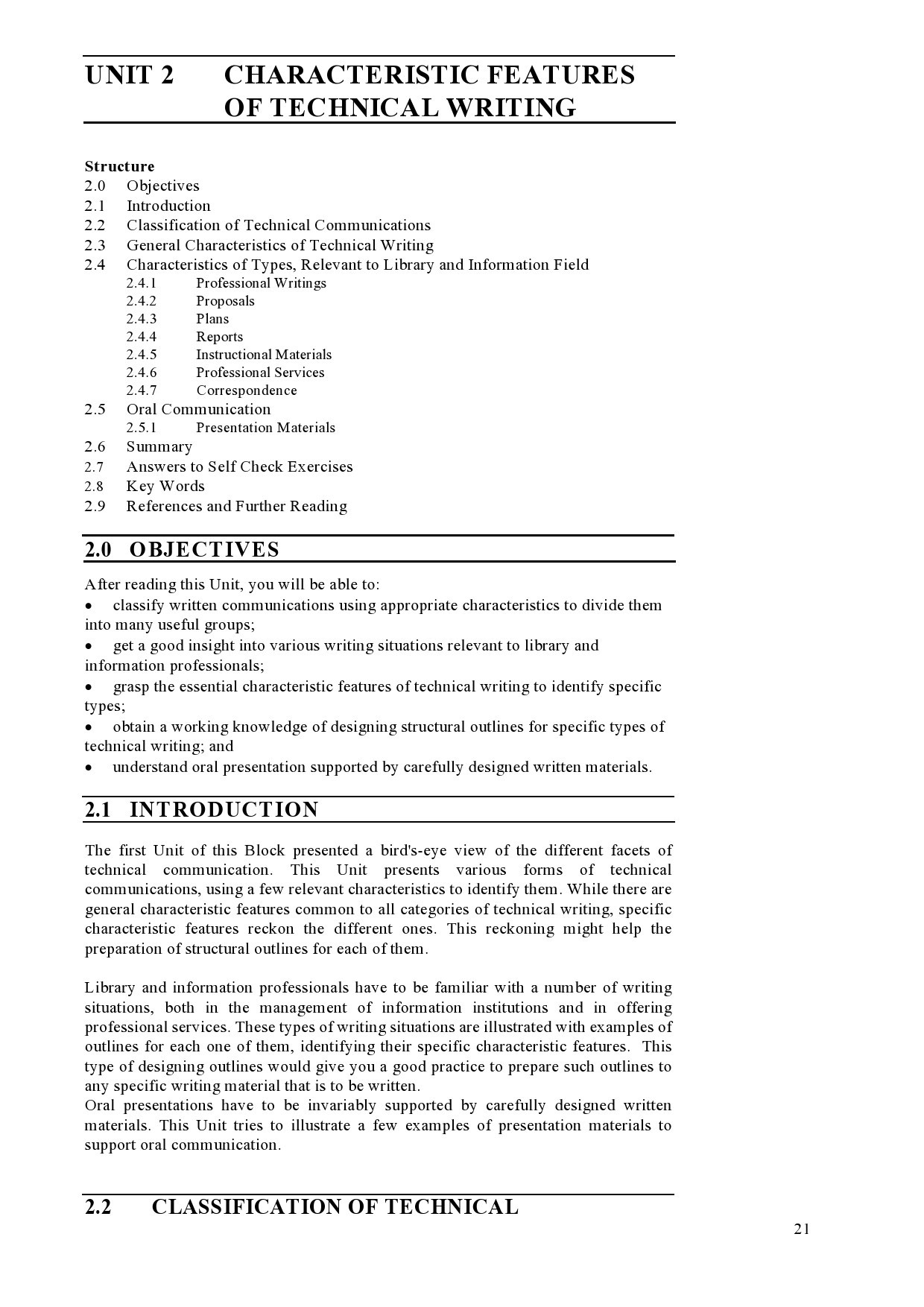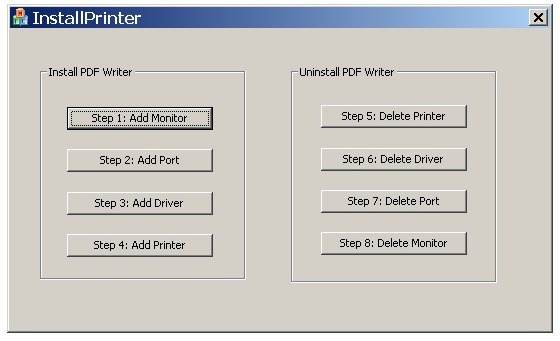

write ( text )įirst, you assign a new PdfFileReader instance to the pdf_reader variable. write ( f " \\ n \\ n" ) # 4 for page in pdf_reader. open ( mode = "w" ) as output_file : # 3 title = pdf_reader. home () / "Pride_and_Prejudice.txt" # 2 with output_file_path. home () / "creating-and-modifying-pdfs" / "practice-files" / "Pride_and_Prejudice.pdf" ) # 1 pdf_reader = PdfFileReader ( str ( pdf_path )) output_file_path = Path.
Pdfwriter example pdf#
pages attribute that you can use to iterate over all of the pages in the PDF in order.įor example, the following for loop prints the text from every page in the Pride and Prejudice PDF:įrom pathlib import Path from PyPDF2 import PdfFileReader # Change the path below to the correct path for your computer. The output you see on your computer may be formatted differently.Įvery PdfFileReader object has a. Note that the output displayed here has been formatted to fit better on this page. Produced by Anonymous Volunteers, and David Widger *** START OF THIS PROJECT GUTENBERG EBOOK PRIDE AND PREJUDICE ***
Pdfwriter example license#
Use it under the terms of the Project Gutenberg License included This eBook is for the use of anyone anywhere at no cost and withĪlmost no restrictions whatsoever. If you verify the specified path, you can find the created PDF document, as shown below.The Project Gutenberg EBook of Pride and Prejudice, by Jane Austen Upon execution, the above program creates a PDF document, displaying the following message. ("Table created successfully.") Ĭompile and execute the saved Java file from the Command prompt using the following commands − Table.addCell(new Cell().add("Programmer")) Table.addCell(new Cell().add("Designation")) Table table = new Table(pointColumnWidths) Instantiate the Table class as shown below.įloat pointColumnWidths = The Table class represents a two-dimensional grid filled with cells ordered in rows and columns. Instantiate the Document class by passing the object of the class PdfDocument created in the previous steps, as shown below.ĭocument document = new Document(pdfDoc) One of the constructors of this class accepts an object of the class PdfDocument. The Document class of the package is the root element while creating a self-sufficient PDF. Once a PdfDocument object is created, you can add various elements like page, font, file attachment, and event handler using the respective methods provided by its class. PdfDocument pdfDoc = new PdfDocument(writer) Instantiate the PdfDocument class by passing the above created PdfWriter object to its constructor, as shown below. To instantiate this class (in writing mode), you need to pass an object of the class PdfWriter to its constructor. The PdfDocument class is the class that represents the PDF Document in iText. When the object of this type is passed to a PdfDocument (class), every element added to this document will be written to the file specified.

String dest = "C:/itextExamples/addingTable.pdf" Instantiate the PdfWriter class by passing a string value (representing the path where you need to create a PDF) to its constructor, as shown below. The constructor of this class accepts a string, representing the path of the file where the PDF is to be created. The PdfWriter class represents the DocWriter for a PDF. Then, to add a table to the document, you need to instantiate the Table class and add this object to the document using the add() method.įollowing are the steps to create a PDF document with a Table in it. While instantiating this class, you need to pass a PdfDocument object as a parameter to its constructor. You can create an empty PDF Document by instantiating the Document class.

Pdfwriter example how to#
In this chapter, we will see how to create a PDF document and add a table to it using the iText library.


 0 kommentar(er)
0 kommentar(er)
